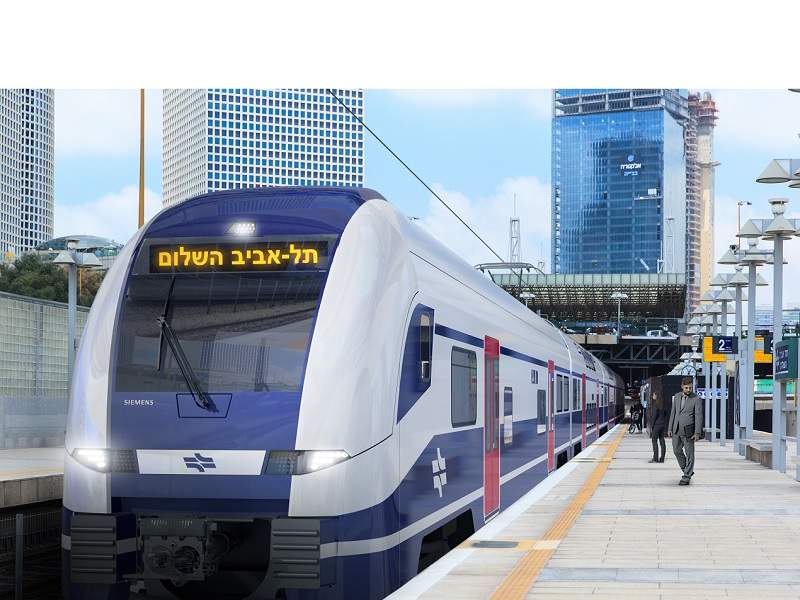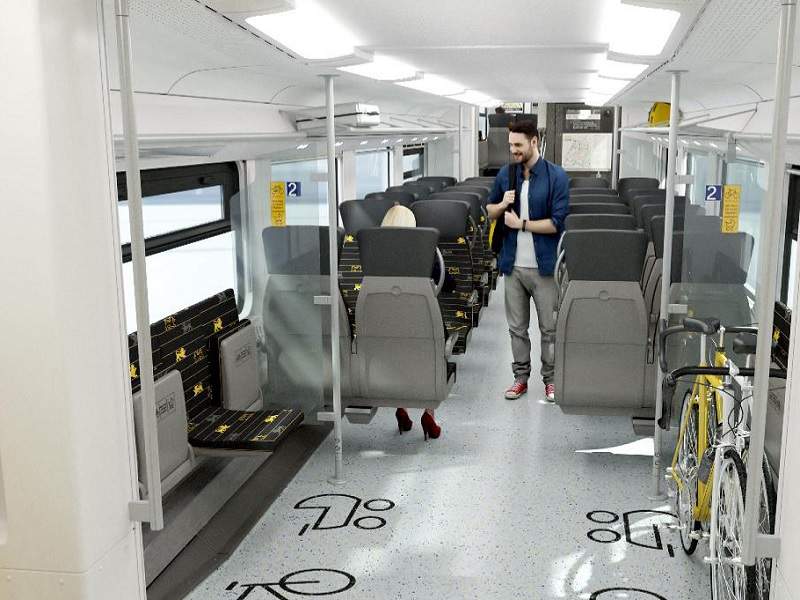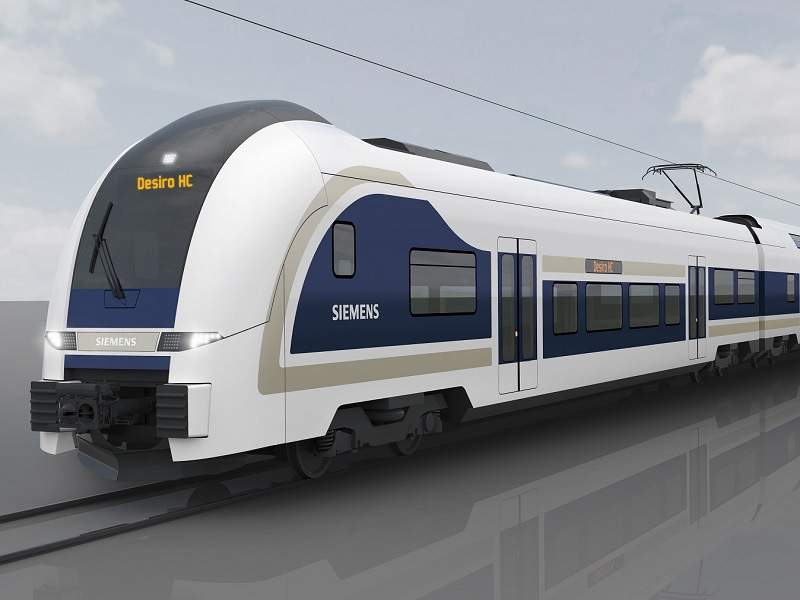The Desiro HC electric multiple unit (EMU) trains are being manufactured by Siemens to meet the high capacity requirements of metropolitan regions.
The Desiro HC is a member of the Desiro family of diesel / EMU passenger trains. More than 2,000 Desiro trains are currently operational across the world.
The high-capacity trains ensure maximum customisation and availability, while reducing energy consumption for low operating costs.
Israel Railways (ISR) signed a contract with Siemens for 60 double-decker Desiro HC regional trains in four-car and six-car configurations in March 2018. The contract also covers the maintenance of 24 trains over a period of 15 years and construction of a maintenance workshop.
German railway operator Deutsche Bahn placed a contract for 82 Desiro HC trains in 2015. The new trains will enter service with the Rhine-Ruhr Express regional network in December 2018.
Desiro HC design and features
The versatile design of the Desiro HC train offers a large number of seats and unobstructed floor area. The trains are available in single-decker and double-decker configurations.
The lightweight single-deck trains are ideal for local and regional transport, but offer lower passenger capacity and restricted platform length, whereas the double-deck trains offer higher passenger capacity.
Both models provide innovative car combinations with varied lengths between 105m and 262m based on operational requirements.
Passengers can easily board the train through its wide doors, while the step-less entrance onto the 760mm-high platforms provides accessibility for passengers with bikes, strollers, and wheelchairs.
The end cars have ramps and step-free low-floor areas that were designed for users with limited mobility. The trains also feature large gathering areas and immediate adjoining multi-functional zones, which allow passengers to disembark quickly.
The four-car train has a total length of 105.2m, width of 2.82m and weight of 200t. It can accommodate 400 seated and 450 standing passengers. The access height of the end and middle cars is 0.8m and 0.73m respectively. The train is capable of running at a maximum speed of 160km/h.
The crash absorption resistance of the train complies with TSI and EN15227 regulations. Operating temperature of the vehicle is between -25°C and 45°C, which is class T3 as per EN50125-1 European standard.
Siemens provides maintenance for the entire service life of the vehicles, which exceeds 30 years. Approximately 98.5% of the train set is recyclable.
Desiro HC interiors
The Desiro HC EMUs integrate high-quality and elegant interiors. The first-class seating layout features 36 adjustable seats with reading lights and fold-away tables. The vehicles offer wide inter-car passageways, which enable passengers to quickly access all areas of the train.
The train set features two standard toilets in the middle cars and one universal toilet in the lead car. It is also equipped with an energy-efficient heating, ventilation and air-conditioning (HVAC) system.
The Desiro HC is installed with an innovative infotainment system and high-resolution CCTV cameras for the passengers. Wi-Fi and power sockets are provided in all cars of the train.
Communications and traction control
The train’s communication network integrates ethernet-based communication systems, train control network (TCN) and train operator network (TON).
An advanced traction system distributes up to 4,000kW of power to eight driven axles.
Desiro HC incorporates low-noise operating characteristics, complemented by high-quality bogies equipped with efficient air suspension.
The innovative energy management system on-board the vehicle recovers most of the braking energy, while the onboard intelligent consumer units reduce power consumption.










